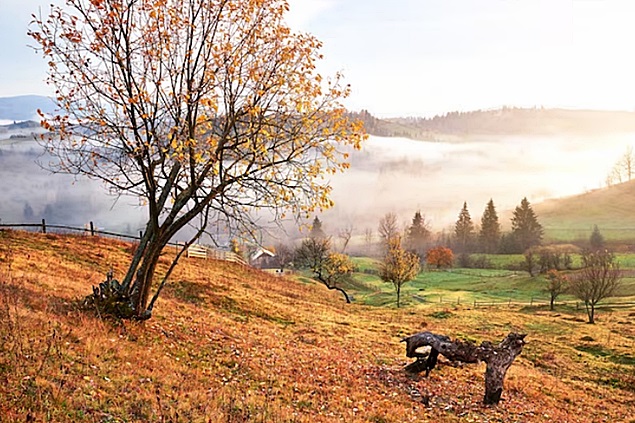
The experts from AZM advise livestock farmers that, until the arrival of winter, there seems to be nothing left to do in the pastures, especially since the grazing season typically concludes at the end of October, with the last mowing for hay one or two months prior.
However, there are still several tasks to be performed in the permanent pastures after grazing season, including:
- Cleaning the pastures of plant residues not consumed by animals and removing unwanted plants (weeds).
- Continuing the application of lime amendments on acidic soils and those with alkaline reaction on salts; continuing the application of phosphorus and potassium-based chemical fertilizers, as well as nitrogen-based ones on the first grazing plots for the next year (on pastures without agri-environment commitments under measure 10 of the PNDR 2014-2020).
- Continuing pastoral development and construction works.
- Planting shade trees, arranged in various ways: isolated, in groups, or as forest alignments, as well as living fences to delimit pasture plots.
Households and farmers who haven't had the opportunity to weigh the loose-stored hay can estimate the quantity they have in stock through various measurements by determining the volume (cubing) of stacks or rows, multiplied by the average weight of a cubic meter of hay.
Cubing can be done immediately after the hay has been gathered and stacked or later. However, for more accurate results, it is recommended to measure the volume of rows 1-2 months after storage, when the hay has settled well.
Determining the quantities of hay and other stored fodder by types is absolutely necessary for preparing a feeding plan for animals during the stabling period.





